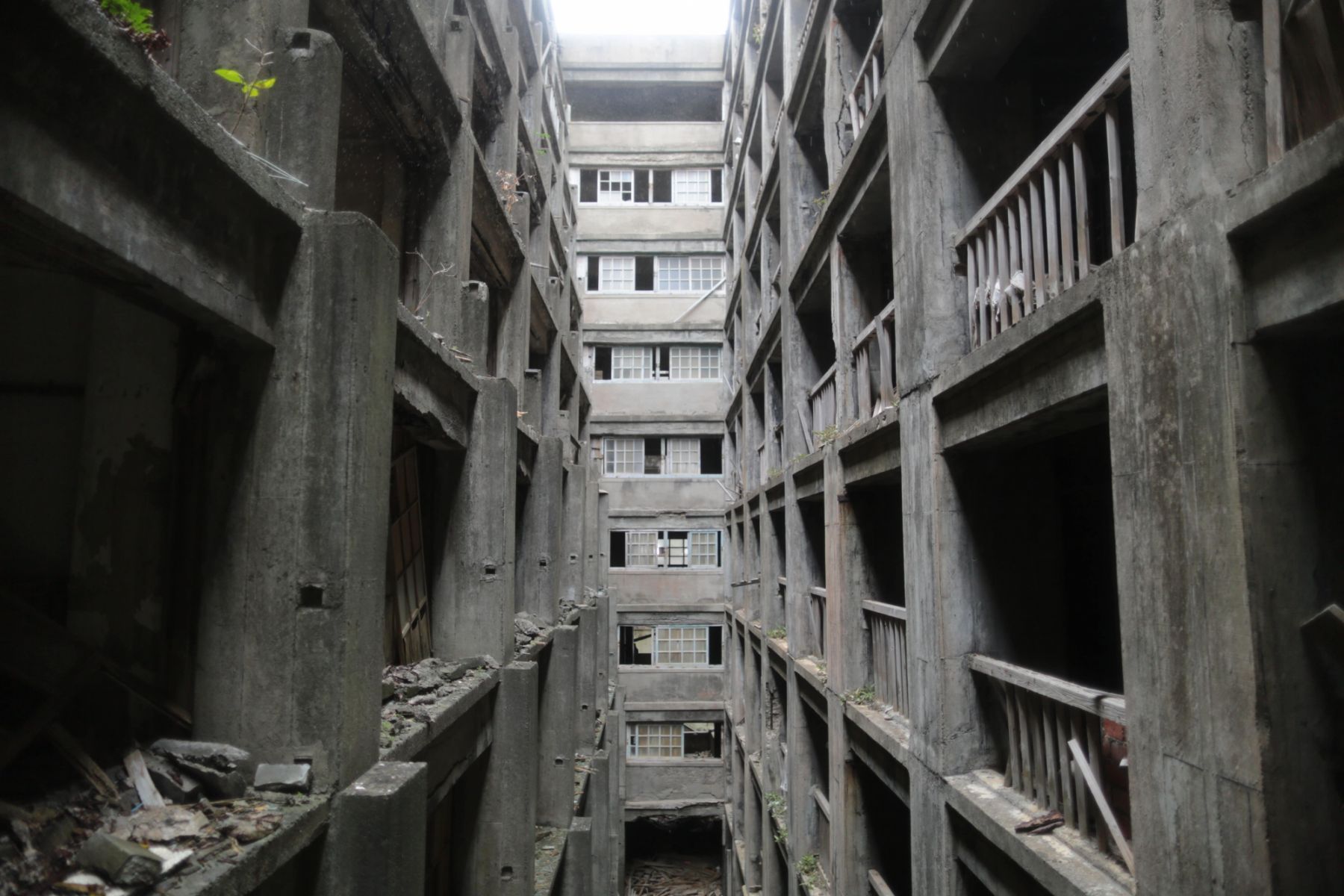Which of these haunted properties is the scariest? We’ll let you decide
Hubble, bubble, toil and trouble. Join us this Halloween as we take a tour around some of Asia’s spookiest and most haunted abandoned buildings.
From an abandoned haunted house in one of Hong Kong’s most expensive neighbourhoods to a Manila movie theatre with a tragic history, these buildings put the settings of Asia’s scariest horror movies to shame with their tales of woe.
In case you missed it: The Asian Customs and Traditions So Terrifying, They Put Halloween To Shame
Dragon Lodge, Hong Kong
Being built atop Hong Kong’s Victoria Peak—one of the city’s prime locations—hasn’t stopped this abandoned villa from acquiring a reputation for being haunted.
After the first owner of Dragon Lodge––who built the property on Lugard Road in the 1900s––declared bankruptcy and the second owner apparently met an unsavoury end, the house was taken over by Japanese soldiers who occupied the city during the Second World War.
According to urban legend, several kidnapped Catholic nuns were beheaded on the property during the occupation. The building changed hands numerous times in the decades after the war but has been abandoned since the 1980s.
Efforts at redeveloping the house, which sits on a piece of prime real estate in one of Hong Kong’s most exclusive neighbourhoods, were thwarted in the 2010s when construction crews reported multiple ghost sightings and abandoned the project. Now, the building stands behind reinforced gates and barbed wire, fitted to keep eager Hong Kong ghost-seekers from exploring the property and spotting one of the former inhabitants for themselves.




